Birds. Yes.
I saw some birds this week, each one a little moment of yes.
The goldcrest in the roadside tree, its thin piping song a defiant 8-kHz ‘fuck you, I will be heard’ directed at the all-pervading traffic rumble. Yes.
The heron in the brook, prehistoric slouch in a shawl, lifting itself grumpily on heavy wings at our approach, flying into a tree so it could hate us from altitude. Yes.
The three jays – THREE! – furtling around in the tree at the bottom of the garden then peeling off at five-second intervals and flying that splay-winged flight over the house, the distinctive patch of electric blue wing feathers glinting in the sun. Yes.
You get the idea.
Some of these moments I manage to record for posterity. And now, thanks to my ill-disciplined approach to archive maintenance, my phone’s full. Time for some spring cleaning.
Scroll. Select. Delete. ‘Are you sure?’
Dude, they’re 26 almost identical, blurry images of a field of distant pigeons. I have no idea what madness prompted me to take them in the first place. Yes, I’m sure.
Dozens, hundreds, thousands of photographs, most of them awful. Delete. Delete. Delete.
Some, I keep.
A few are, in defiance of long habit, quite good. This swallow, caught exactly over my head as it swooped hither and yon, either in search of insects or simply as an expression of hirundine joie de vivre.
Others are a record of a memorable or unusual sighting. I don’t often get to hold a storm petrel chick.
And some are inextricably associated in my mind with an occasion. The nuthatch on my first lockdown walk in March 2020 was just another nuthatch, but boy did I drink it in.
And did I appreciate the thoughtfulness of this wren, which popped up to congratulate me on my first book deal? I did. That’s wrens for you – always considerate.
While those memories are precious enough to be spared the purge, most go unpreserved, save in my mind’s eye. An ever-shifting collage of avian goodness, filed for recall when I’m in need of yes. Robins, crows, kestrels, owls, thrushes, warblers and more, all firing minuscule electrical impulses connected to feelings of well-being.
Birds. Yes.
Rook
‘When thass a rook, thass a crow, and when thass crows, thass rooks.’
As an opening conversational gambit, it would have me looking for the exit.
‘Gosh yes absolutely good Lord is that the time?’
It’s one of those old folk sayings, a mnemonic for distinguishing between crows and rooks. A medium-sized black bird by itself is, they say, more likely to be a carrion crow, while those gathered in groups are more likely to be rooks. And as a rule of thumb, it has its merits (although it is by no means foolproof).
For those in need of more rigorous methods, and given that the birds are superficially identical in colour (black) and size (medium-large), you could look for ‘baggy trousers’, the idea being that the plumage of a rook has a generally looser appearance than a carrion crow’s, and in particular around the top of the legs.
Even better, in my view, is to examine the face. The grey at the base of a rook’s bill is often visible even at distance. As folklore might have had it, ‘When the face of the bird has a greyish look, then for sure you’ve not a crow but a rook.’
Or something. Forgive me, my coining of old folk mnemonics is a tad rusty.
Get close to a rook in favourable light, and you’ll see there’s more to the plumage than is first apparent, the plain black lit up with a glorious sheen of purples and blues that would put other, more heralded birds, to shame.
Most of all, rooks should be known for one of the great underrated natural spectacles. We go mushy at the thought of a skein of migrating geese, lose our heads at the word ‘murmuration’, but, enticing and wonderful though those gatherings are, the hundreds of rookeries up and down the country go largely unmentioned.
Get yourself to a stand of tall trees somewhere, perhaps on mixed farmland, around dusk. Spring is a good time. In they come, sometimes in their hundreds, weary after a day’s toil in the fields, yet energised by the company of their peers and the knowledge that they’ve pissed off the farmers by eating all their corn.
Up and around they stream and flurry, like a shaken-up Goth’s snow globe, diving, jinking, and tumbling in a freeform aerial ballet, the visuals enhanced by a soundtrack of caahs and graahs – a cacophony of corvid shit-chatting. Sometimes they’re joined by their jackdaw cousins, their compact silhouettes and high-pitched chacks adding an extra layer of visual and aural richness.
As darkness falls, they settle down for the night, occasionally giving out a final, excitable flurry, like children chatting after lights out.
A marvellous thing.
Common Snipe

It’s a normal day in the hide. Mallards, dabbling. Lapwings, cuteing. Gulls, gobshiteing.
Nothing much is happening, but it’s doing it in an entirely pleasing way. And while the most obvious nothing is out on the water or up in the air, attention is fixed on the most nothingy bit of all, an area of mud and low vegetation that seems completely absent of birds.
And then a bit of it moves.
Finding a snipe can be a test of patience and perseverance, such is the effectiveness of their camouflage. Examine one closely in the field guide, and you’ll find a bird that manages to be simultaneously nondescript and spectacular. Nondescript because the range of its colour palette is restricted to the relatively narrow band between almond and mocha; spectacular because within that palette, the patterning is bold enough to gull you into thinking it’ll be easily spotted.
Wrong.
Perhaps your best chance of seeing one isn’t when they’re fossicking around in the mud in broad daylight, but towards dusk in spring. At this time, on their breeding grounds, a male snipe will disport itself in a striking courtship display. Up it goes, circling and diving, hoping to impress potential partners with the agility and strength of its routine. And the visual element is accompanied by one of the very best of all non-vocal bird sounds, up there with the sharp ddrrrrrrr of a woodpecker’s bill repeatedly hitting a tree and the heavy whomp-whomp of a swan’s wings heaving the bird’s considerable mass into the air.
They call it ‘drumming’, a word that – to me at least – has never felt quite right. It implies something hard, percussive – like the aforementioned woodpecker, for example – but this sound has a more other-worldly quality. It’s a humming, vibrating noise often compared to the bleat of a domesticated ruminant, a similarity immortalised in the bird’s Finnish name: taivaanvuohi, or ‘sky goat’.
(Incidentally, the clucking sounds in the foreground are, according to the recordist, ‘probably female calls’, and I have no reason to doubt their analysis.)
To make this sound, first equip yourself with stiff outer tail feathers which you can control with separate muscles. Then, just before you enter your dive, splay them wide. When you get to about 40 kmh, they’ll vibrate strongly enough to produce that bleating sound. Accelerate even more, to perhaps 80 kmh, and the pitch rises accordingly. To protect the feathers from damage through excessive vibration, you might want to deploy your wings to interrupt the air flow.
The snipe’s drumming isn’t the only thing that sets it apart. Its speed in the air and the unpredictability of its flight make it a test of marksmanship for those who choose to blast birds out of the air. (This, of course, is the origin of the word ‘sniper’, a connection I didn’t make until embarrassingly late in life).
And then there’s its strikingly long, straight bill. Not only is this proportionally the longest of any British bird, its construction is a marvel of biological engineering. The tip is loaded with millions of touch receptors which enable it to sense any movement or pressure changes as it probes in the soft mud. If a prey item – a worm, let’s say – wriggles into its purview, the snipe deploys another party trick, its ability to open the bill just at the tip. It grabs the hapless wriggler and, with the bill still buried in the mud, the tongue transports it to the mouth. Ingenious.
As so often in the world of birds, there’s more to it than meets the eye.
Featherbase
Every so often I remember the existence of the excellent resource Featherbase, a photographic database of bird feathers. It’s a useful identification tool if you happen to find a feather – although it does help if you have some prior knowledge – but also a strangely calming thing to browse, what with the intrinsic beauty of bird feathers and all.
Rosemary Mosco
If you’re not familiar with the work of Rosemary Mosco, I suggest you remedy the situation as soon as possible. Here’s her latest cartoon, for which she naturally had the good grace to apologise.
Her website is here and she’s on Bluesky here.

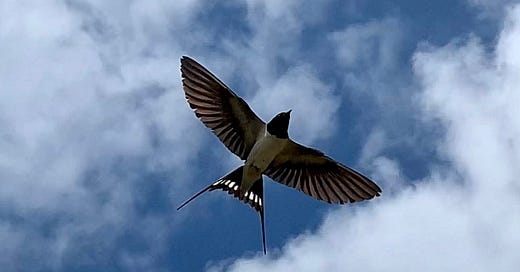



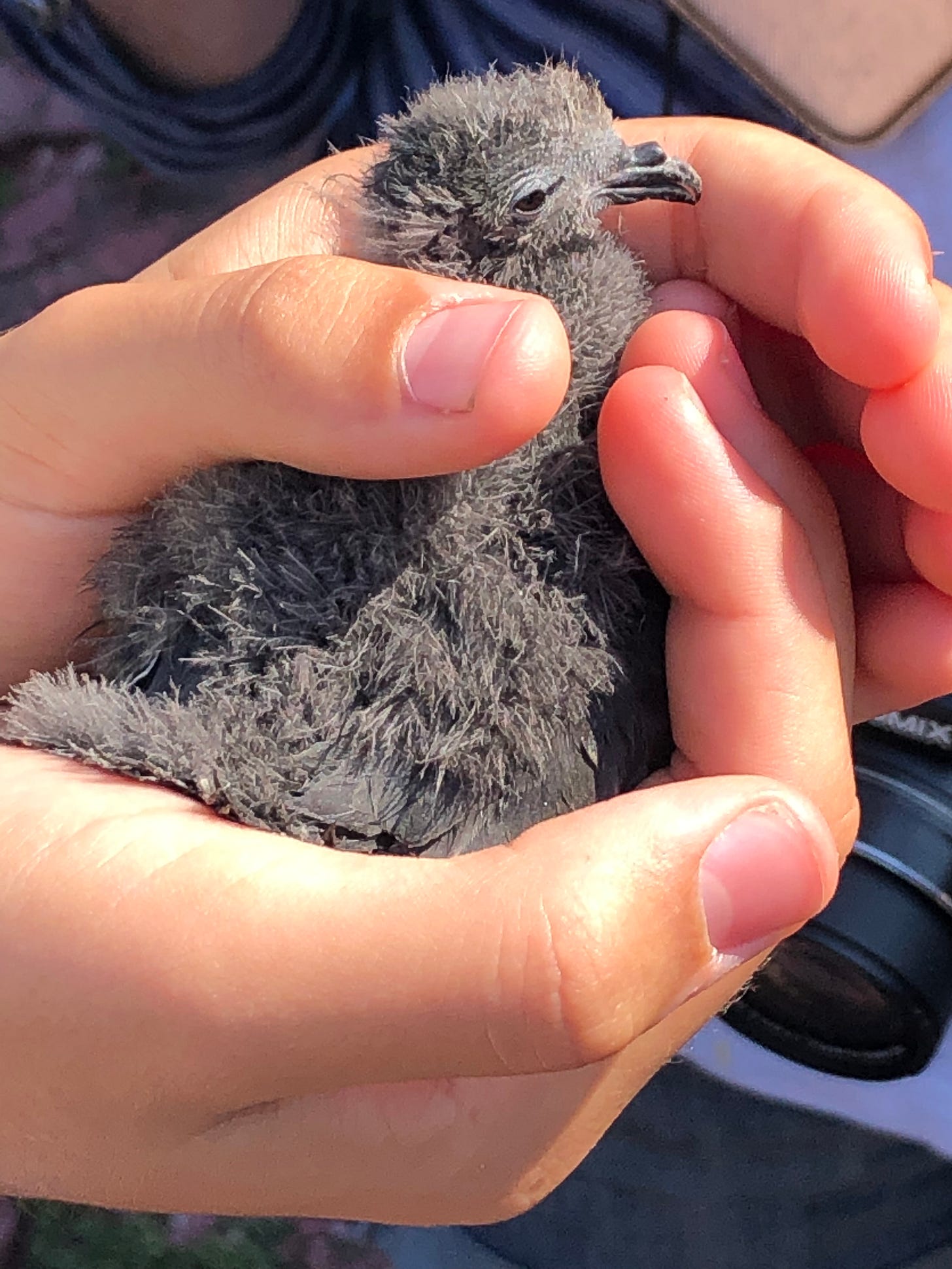

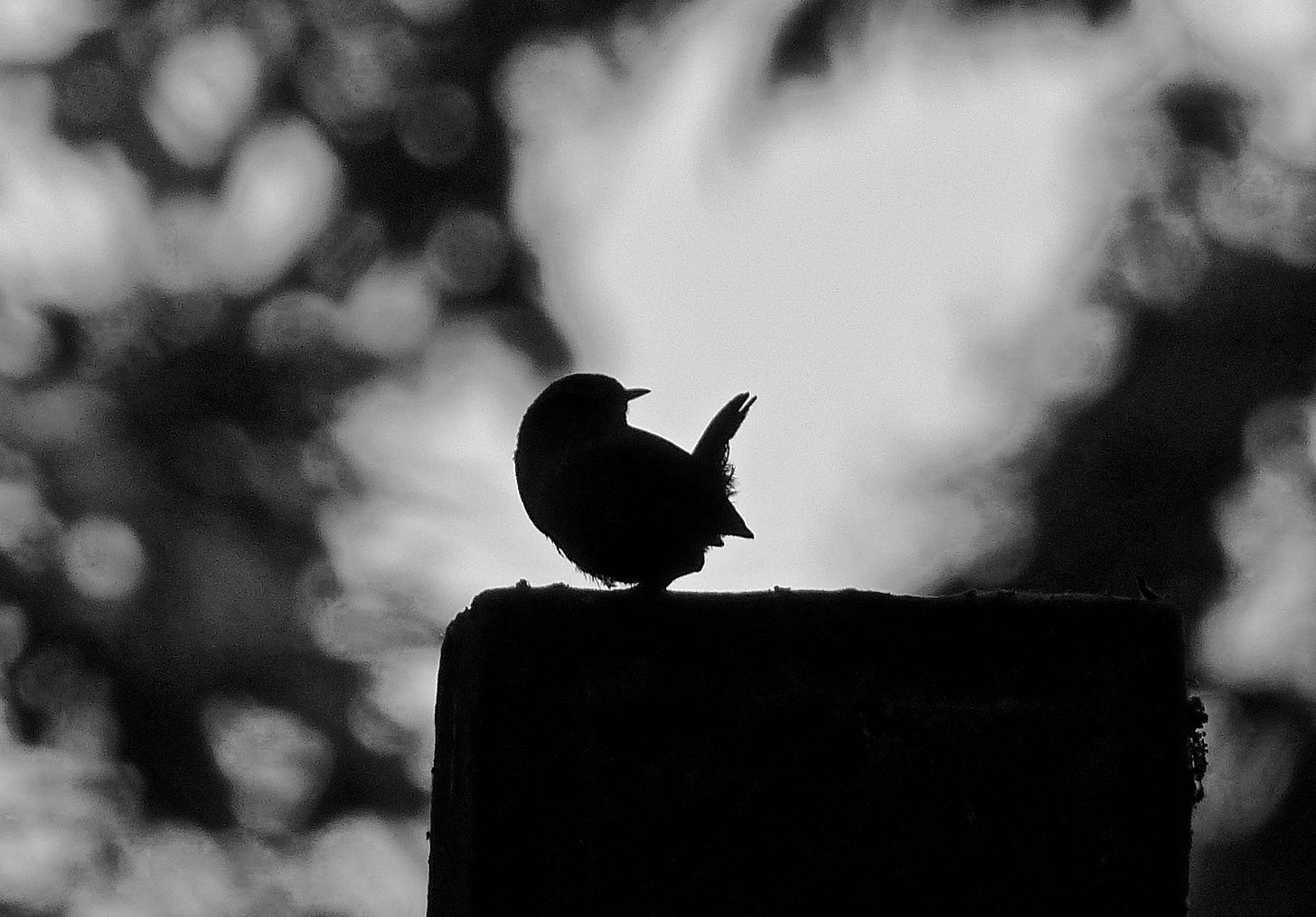
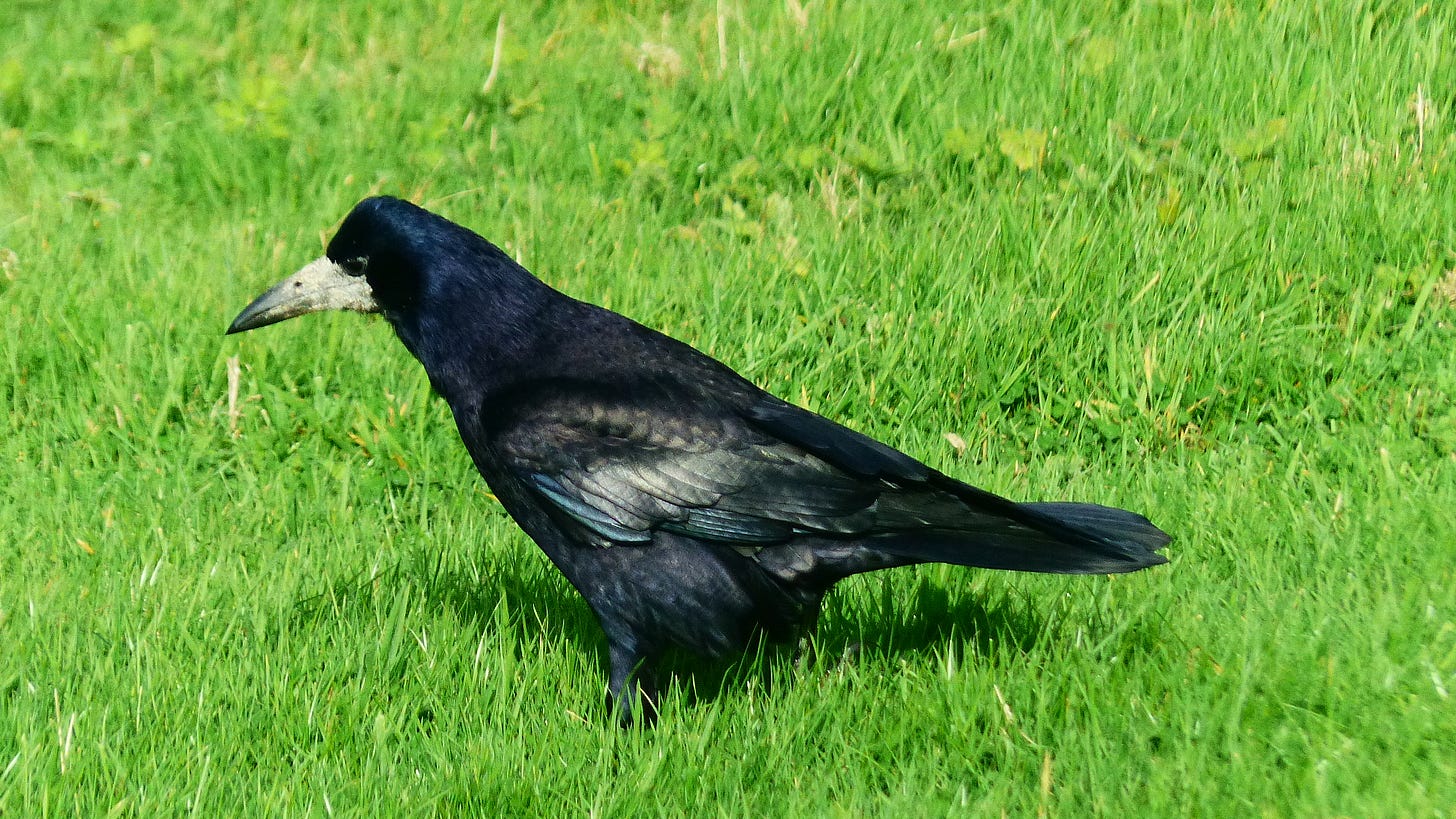
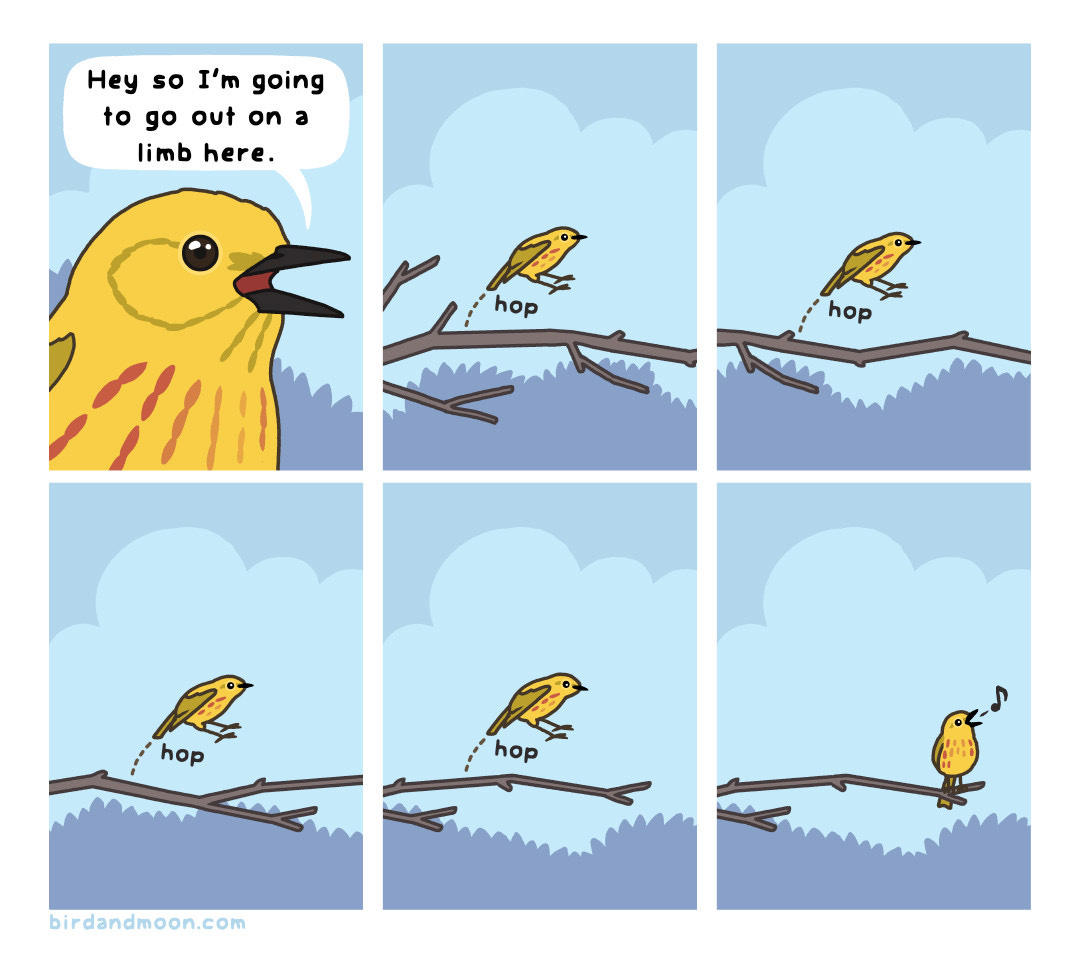
We live in a very dull mid-century estate considerably enlivened by the rookery at the top of our road. Rooks are great. How I love their noisy shouting, their bedtime antics, and the sound of them stamping about on our stupid flat roof pecking loudly at the moss, presumably for bugs.
Another Bookmark added to the dozen or so Mr Parikian has already gifted me! Featherbase is a true miracle...now I need an Eggbase to balance it out :) Bless you Mr. Birdman, you're enriching my life with every post!